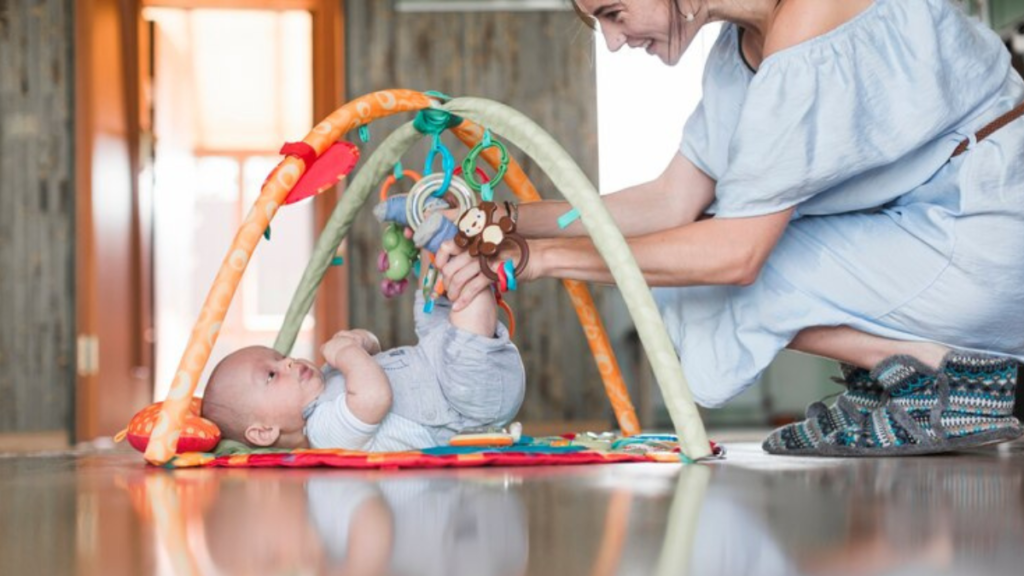Introduction
Welcoming a new baby into your life is a joyous occasion, but it also comes with its share of challenges, especially when your baby can’t seem to stop crying. It’s normal for infants to cry, but as new parents, it can be both distressing and overwhelming. In this blog, we’ll explore expert strategies to help you soothe a crying baby and provide some relief for both you and your little one.
Understanding Infant Crying
Crying is your baby’s primary means of communication, and it can indicate various needs and emotions. Before diving into soothing strategies, it’s essential to understand what your baby’s crying may be trying to convey:
Hunger:
This is one of the most common reasons for crying in newborns. Your baby may be seeking nourishment.

Discomfort:
A wet diaper, tight clothing, or a need for a diaper change can make your baby cry.

Sleepiness:
Babies can become fussy when they’re tired and having trouble settling down to sleep.
Gas or Colic:
Digestive discomfort can lead to crying and fussiness, particularly in the late afternoon or evening.

Overstimulation:
Too much noise, light, or activity can overwhelm a baby and trigger crying.

Loneliness or Need for Comfort:
Sometimes, your baby may simply need to be held and comforted.
Expert Strategies for Soothing a Crying Baby
Feed Your Baby:
If it’s been a while since the last feeding, try offering your baby breastmilk or formula. Hunger is a common cause of crying in infants.

Diaper Check:
Ensure your baby’s diaper is clean and dry. A wet or soiled diaper can lead to discomfort.

Swaddle Your Baby:
Wrapping your baby snugly in a swaddle blanket can provide a sense of security and comfort.

Offer a Pacifier:
Sucking on a pacifier can be soothing for some babies and may help calm them down.

Rock or Swing:
Gentle rocking or swinging motions can mimic the comfort of being in the womb and help your baby relax.

White Noise:
The sound of white noise, such as a gentle fan or a white noise machine, can help drown out background sounds and soothe your baby.
Change the Environment
If overstimulation is the issue, move your baby to a quieter, dimly lit room to provide a calmer environment.
Hold and Comfort:
Sometimes, all your baby needs is to be held and comforted. Skin-to-skin contact can be particularly soothing.
Burping
: If gas or colic is the culprit, try burping your baby after feeds to release trapped gas.
Stay Calm:
Babies can pick up on their parents’ stress. Stay as calm as possible, even when faced with persistent crying.

When to Seek Help
While crying is normal, if your baby’s crying is prolonged, severe, or accompanied by other concerning symptoms, such as a high fever, it’s crucial to consult with a pediatrician to rule out any underlying medical issues.
Conclusion
Soothing a crying baby can be a challenging and sometimes perplexing experience, but with patience and these expert strategies, you can help your baby find comfort and ease their distress. Remember that every baby is unique, and what works for one may not work for another. Trust your instincts as a parent, and don’t hesitate to reach out for support from friends, family, or healthcare professionals when needed. Your baby’s cries are a part of their communication, and with time and practice, you’ll become more adept at interpreting and soothing them.









